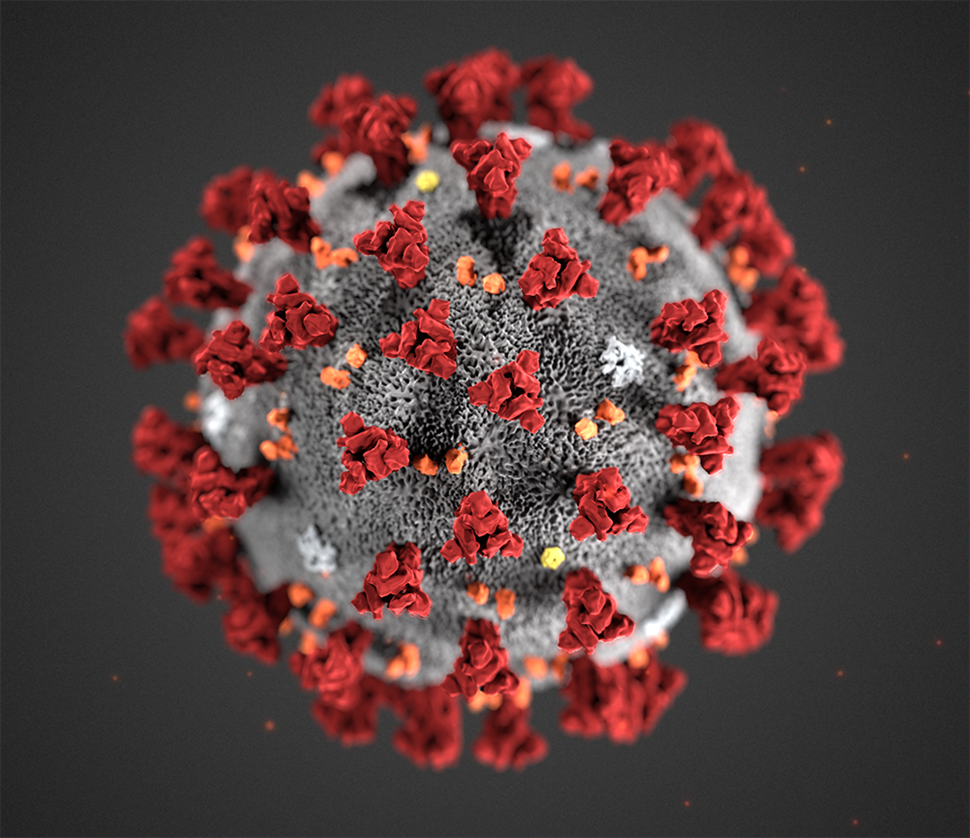Trump claimed today on social media that COVID-19 wasn’t any different than the seasonal flu. It’s a claim he’s made numerous times, and he’s been wrong every time.
Today’s claim, though, was that “sometimes over 100,000” Americans die of the flu each year, which isn’t even close to correct. The CDC’s historical data show that as few as 12,000 and as many as 61,000 people die of the flu each year, using data from the last decade. Over 210,000 people have died from COVID-19 in the U.S. this year alone. So no, it’s not the same as the flu.
For once, his claims reached a point where both Facebook and Twitter took action: Twitter flagging it as inaccurate and Facebook actually removing the post.
Beyond the president’s medical fantasies, researchers are trying to figure out why the coronavirus outbreaks don’t spread as predictably as the flu. The major outbreaks of COVID-19 have been fairly isolated; very serious, of course, but limited to specific geographic areas.
Researchers believe this is because influenza has a deterministic pattern of spread, while COVID-19 is stochastic:
In the former, an outbreak’s distribution is more linear and predictable; in the latter, randomness plays a much larger role and predictions are hard, if not impossible, to make. In deterministic trajectories, we expect what happened yesterday to give us a good sense of what to expect tomorrow. Stochastic phenomena, however, don’t operate like that—the same inputs don’t always produce the same outputs, and things can tip over quickly from one state to the other.
Because we initially responded to COVID-19 as if it were analogous to influenza, we expected it to spread in a predictable manner. In many ways, we continue to do that in the U.S. Other countries that have had much lower rates of infection, reacted differently:
Japan focused on the overdispersion impact from early on, looking at a forest and trying to find the clusters, not the trees. Meanwhile, the Western world was getting distracted by the trees, and got lost among them.
Both of these quotes are from an excellent article by Zeynep Tufecki in The Atlantic. It’s a long read, but answers a lot of my questions about why COVID-19 outbreaks have seemed so random. A lot of it has to do with the amount of attention we’ve given to the R0 (r-naught) measurement, which is a general measure of a disease’s contagiousness (specifically, how many people a carrier of the disease is infecting). Tufecki argues that another measurement, k, which is a measure of the disease’s dispersion, is more significant.
The definition of k is a mouthful, but it’s simply a way of asking whether a virus spreads in a steady manner or in big bursts, whereby one person infects many, all at once. After nine months of collecting epidemiological data, we know that this is an overdispersed pathogen, meaning that it tends to spread in clusters, but this knowledge has not yet fully entered our way of thinking about the pandemic—or our preventive practices.
Worth a read if you’re involved in making decisions about your organization’s pandemic response or if you’re just curious about why the infection patterns for COVID-19 aren’t like the same as… the flu.
